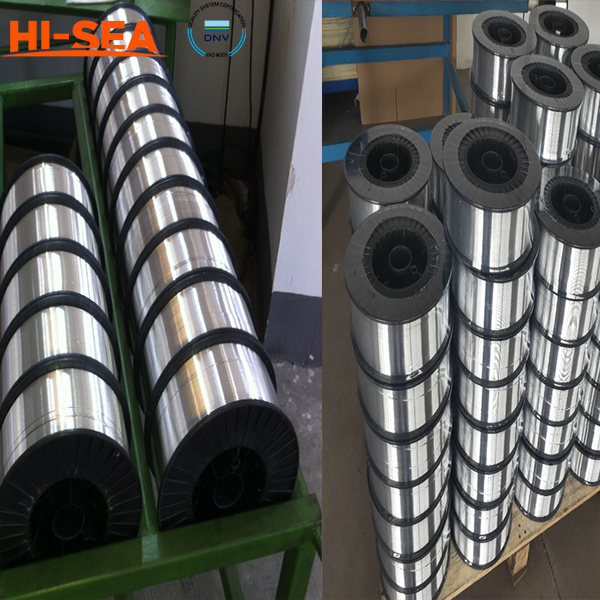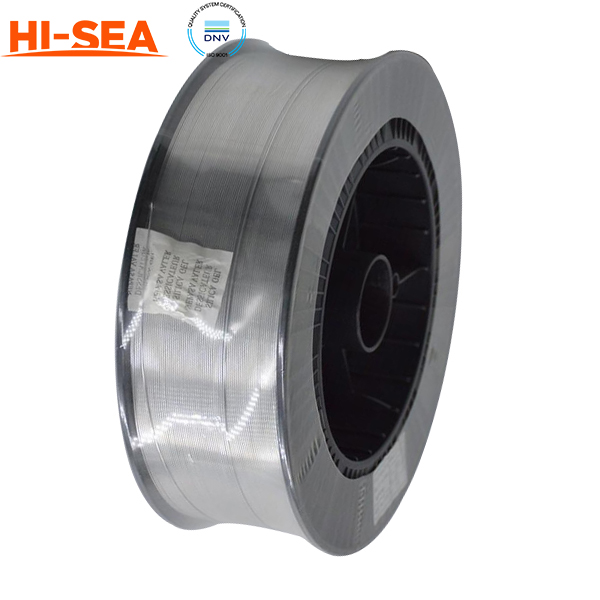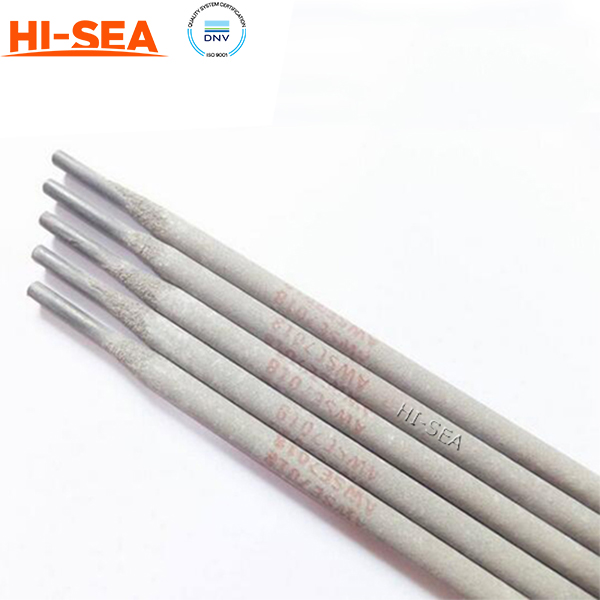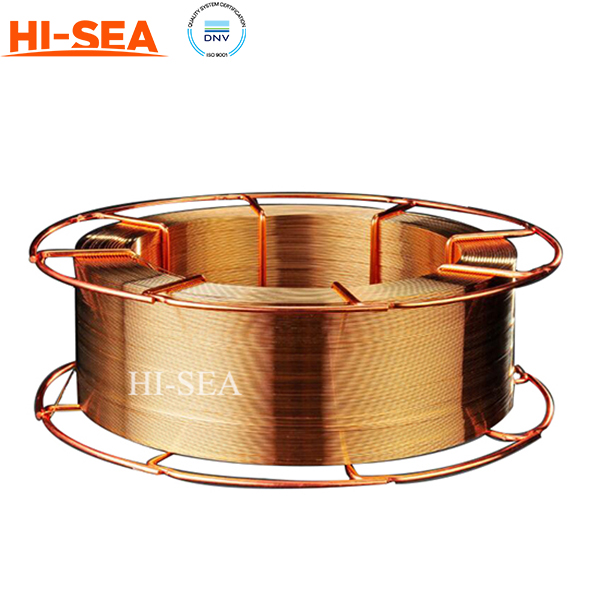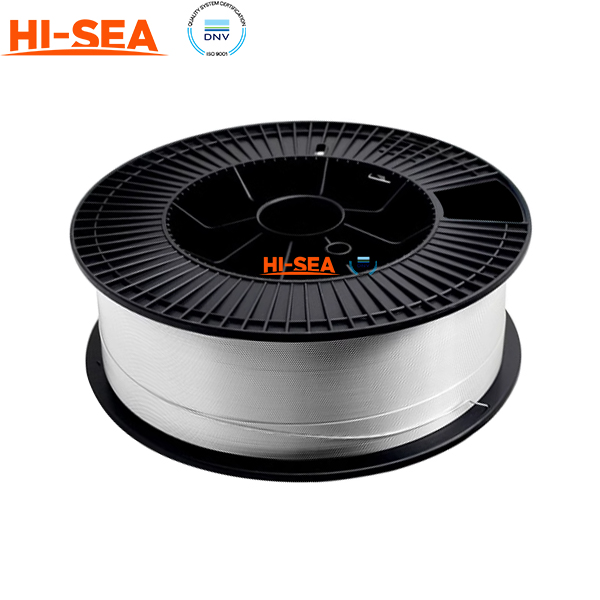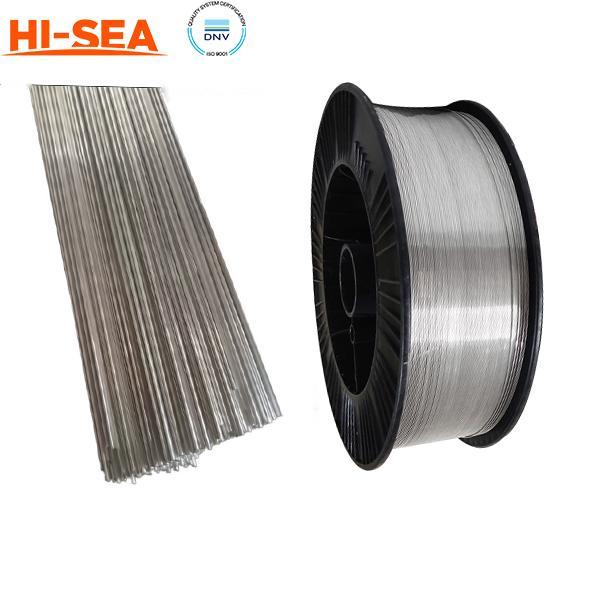MARINE & OFFSHORE EQUIPMENT
- Dredging Equipment
- Marine Deck Machinery
-
Marine Mooring Equipment
-
Marine Anchor
- AC-14 HHP Anchor
- Admiralty Anchor
- Beldt Stockless Anchor
- Bruce Anchor
- Spek Anchor
- Danforth HHP Anchor
- Delta High Holding Power Anchor
- GB11579-89 Light Weight Anchor
- Hall Anchor
- High Holding Power Mastrosov Anchor
- Hot Dip Galvanized Anchor
- Japan Stock Anchor
- JIS Stockless Anchor
- Pool Anchor
- Single Fluke Anchor
- Stainless Steel Anchor
- Stevpris MK5 Anchor
- Stingray Anchor
- US Navy Stockless Anchor
-
Marine Anchor Chain
-
Marine Shackle
- Kenter Shackle
- D Type Joining Shackle
- Pear Shaped Shackle
- Anchor Swivel Shackle Type A
- Anchor Swivel Shackle Type B
- Buoy Shackle Type A
- Buoy Shackle Type B
- C Type Detachable Connecting Link
- D Shackle
- Forelock Shackle
- Anchor Chain Swivel Group
- Straight Shackle
- Anchor Shackle
- Marine Triangle Plate
- Anchor Chain Swivel
- Anchor Chain Joining Shackle
- Anchor Chain End Shackle
- Slim Kenter Shackle
-
Chain Chaser
-
Marine Bollard
-
Marine Chock
-
Marine Fairlead
-
Marine Chain Stopper
-
Marine Mooring Reel
-
Marine Towing Bracket
-
Mooring Rope
-
Marine Towing Hook
-
Marine Shark Jaw
- Marine Fender
-
Marine Buoy
- Marine Floating Pontoon Dock
-
Marine Anchor
- Aquaculture Equipment
- Marine Outfitting Equipment
- Marine Propulsion System
-
Marine Painting
-
Marine Auxiliary Machinery
- Marine Air Compressor
- Marine Air Receiver
- Marine Sewage Treatment Plant
-
Marine Diesel Generator Set
- Marine Oil Water Separator
- Ballast Water Management System
- Marine Hydrophore
- Marine Calorifier
- Seawater Desalination Plant
-
Marine Oil Separator
- Marine Fuel Oil Supply Unit
- Marine Heat Exchanger
-
Marine Hot Well Unit
-
Marine Incinerator
-
Marine Boiler
-
Marine Valve
- JIS Marine Valve
- DIN Marine Valve
- ANSI Marine Valve
- GB Marine Valve
- CB Marine Valve
- CBM Marine Valve
-
Marine Gate Valve
-
Marine Globe Valve
-
Marine Angle Globe Valve
-
Marine SDNR Valve
-
Marine Angle SDNR Valve
-
Marine Check Valve
-
Marine Storm Valve
-
Marine Butterfly Valve
-
Marine Quick Closing Valve
-
Marine Fire Valve
-
Marine Self Closing Valve
- Marine Valve Accessories
-
Marine Pump
- Marine Centrifugal Pump
- Marine Screw Pump
-
Marine Gear Pump
-
Marine Vortex Pump
-
Marine Ejector Pump
-
Marine Diaphragm Pump
-
Marine Piston Pump
-
Marine Fire Pump
-
Marine Emergency Fire Pump
-
Marine External Fire Pump
-
Marine Ballast Water Pump
-
Marine Fuel Pump
-
Marine Lubricating Oil Pump
-
Marine Bilge Pump
-
Marine Sewage Pump
-
Marine Domestic Water Pump
-
Marine General Pump
-
Marine Cargo Oil Pump
-
Marine Hand Pump
- Marine Pump Parts
- Marine Life-saving Equipment
- Fire-fighting Equipment
- Marine Cable
- Marine Electrical Equipment
- Marine HVAC
-
Labour Protection Appliance
- Marine Decorative Material
-
Marine Anode
- Marine Pipe Fitting & Flange
- Marine Instrument
- Ship Building Equipment
INDUSTRY EQUIPMENT
- Hoisting Equipment
- Welding Machine & Material
-
Cutting Machine
- Container Securing Fitting
- Link Chain
- Container & Storage Equipment
-
Diesel Generator Set
- Other Equipment and Tools
- Petrochemical Equipment
- Fiber Reinforced Plastics
- Polymer Materials
- Environmental Protection Series
- Geo-products and Building Materials
- Metal Mesh
- Steel Grating
-
Earthwork Teeth
-
Turnbuckle
STOCK LIST
Contacts
 Tel:+86-23-67956606
Tel:+86-23-67956606
 FAX:+86-23-67956622
FAX:+86-23-67956622
 Email:manager@cqhisea.com
Email:manager@cqhisea.com
Working Time: 9:00--17:00
Working Day: Monday to Friday Website: www.cqhisea.com

Aluminum Alloy Wire for Hull Welding
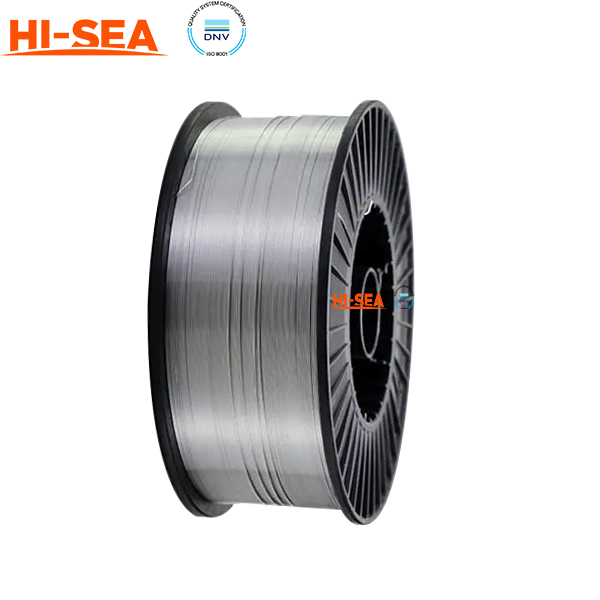
Aluminum Alloy Wire for Hull Welding
Introduction:
Aluminum alloy welding wire possesses specific features that make it suitable for welding applications involving aluminum materials. Using aluminum alloy wire for hull welding can be a suitable choice in certain marine applications, especially when dealing with aluminum-based hulls. Aluminum is a lightweight and corrosion-resistant material, making it a popular choice for constructing boat hulls, particularly in smaller vessels and pleasure crafts. Welding aluminum hulls requires specialized techniques and considerations due to the unique properties of the material.
Features:
Alloy Composition: Aluminum alloy welding wire is formulated to match the composition of the base metal being welded. This ensures compatibility and promotes a strong metallurgical bond between the weld and the base material.
Corrosion Resistance: Aluminum alloys are known for their excellent corrosion resistance. The welding wire's composition helps maintain this corrosion-resistant property in the welded joints, making it suitable for marine and other outdoor applications.
Ductility and Toughness: Aluminum alloy welding wire is designed to produce welds with good ductility and toughness. This is important to prevent cracks and fractures, especially in structures that experience dynamic loads or vibrations.
Low Melting Point: Aluminum has a relatively low melting point compared to other metals, making it more susceptible to thermal distortion and warping during welding. Proper welding techniques are crucial to manage this feature and avoid compromising the structural integrity of the welded joint.
High Thermal Conductivity: Aluminum is a highly conductive material for heat and electricity. This property can result in rapid heat dissipation during welding, which requires precise heat control to achieve optimal penetration and avoid overheating the material.
Oxidation Sensitivity: Aluminum readily forms an oxide layer when exposed to air. The welding process can disrupt this layer, leading to oxidation and potential porosity in the welds. Shielding gases, such as argon, are used to protect the weld area from atmospheric contamination.
Cleanliness and Surface Preparation: Aluminum welding wire is manufactured with stringent cleanliness standards to prevent contamination during the welding process. Proper surface preparation of the base metal is essential to remove any oxide layers, dirt, or grease that can interfere with the welding process.
High Strength-to-Weight Ratio: Many aluminum alloys used in welding offer a favorable strength-to-weight ratio. This property is especially advantageous in applications where weight reduction is important, such as aerospace and marine industries.
Non-Magnetic Properties: Aluminum alloys are non-magnetic, which can be beneficial in applications where magnetic interference needs to be minimized, such as electronic and medical equipment.
Welding Techniques: Aluminum welding wire is often used with TIG (Tungsten Inert Gas) and MIG (Metal Inert Gas) welding techniques. TIG welding provides precise control over heat input, while MIG welding is known for its efficiency and higher deposition rates.
Variety of Alloys: Aluminum alloy welding wire is available in a range of alloys, each with specific characteristics suited for various applications. Common alloys include 4043, 5356, and 4047, each with their own strengths and weaknesses.
Appearance: Aluminum welds can have a distinct appearance due to the reflective properties of the metal. Skilled welders can achieve aesthetically pleasing welds by controlling the welding parameters and techniques.
Product Showing:
